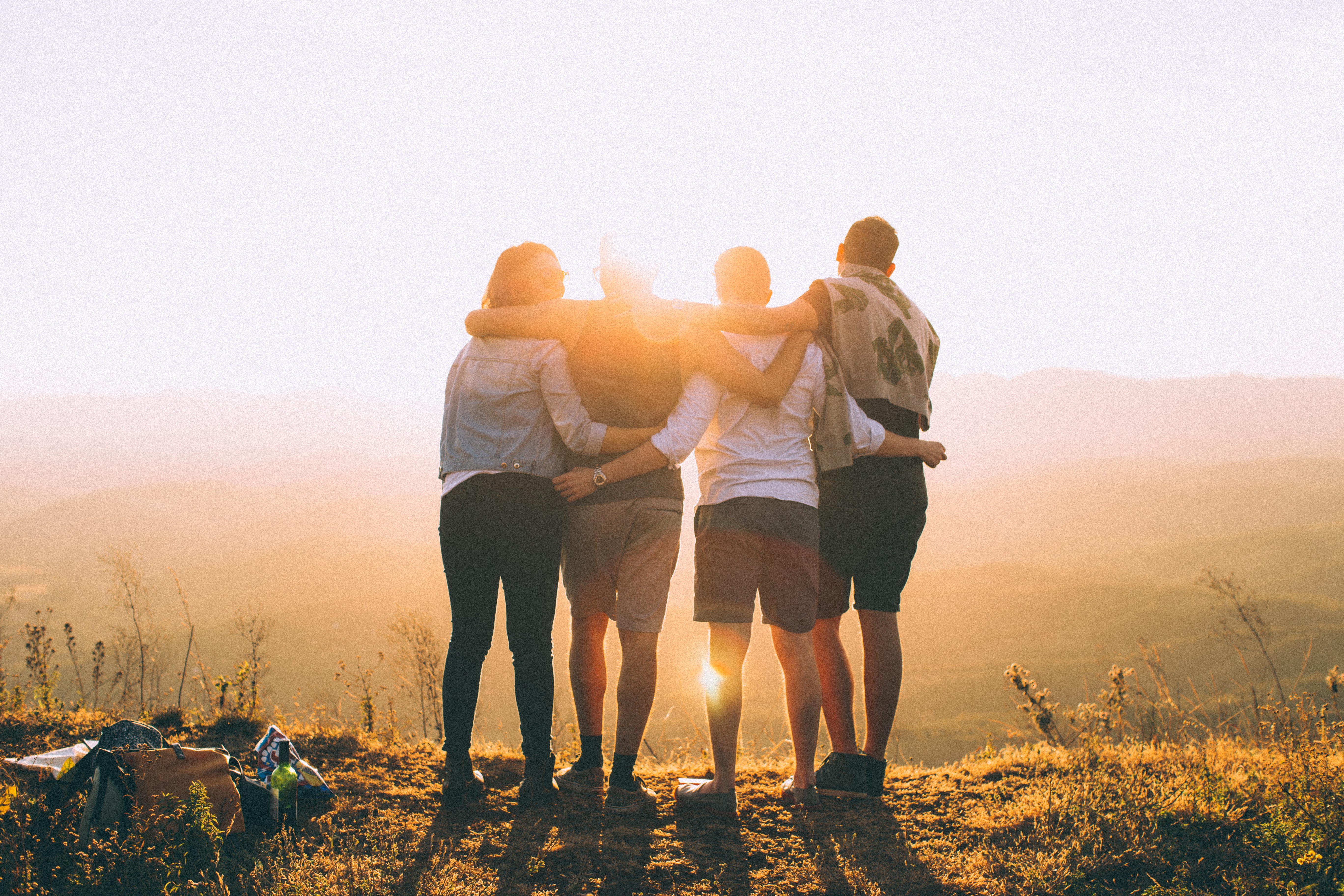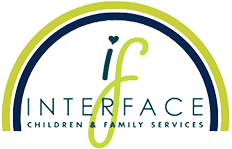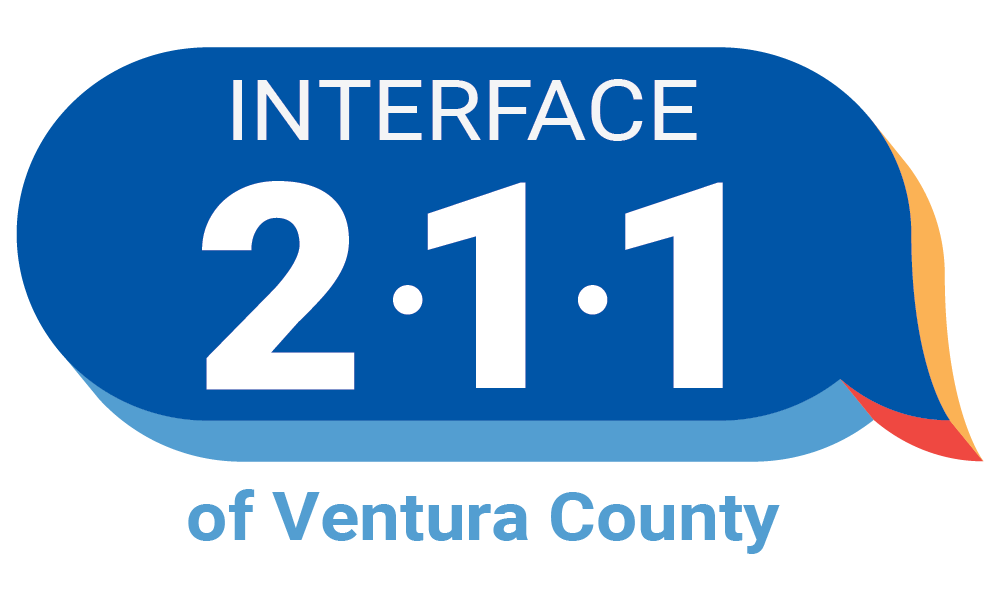September is my month to reset, remember, and reflect. I reset as I begin to anticipate autumn and as I watch kids and teachers return to school. I also find myself remembering terrorist attacks that brought our nation to our knees; I remember the relational connectedness of our nation in the days after September 11, 2001. September is also a time of reflection on the loss of life during the National Suicide Prevention Awareness Month.
In 2017, 47,173 people in the United States took their own lives. 51% of those deaths were from firearms1. The numbers have not decreased; they have been increasing for decades. The CDC reports that every day, 123 Americans die by suicide. And here’s their statistic that floors me: there is one suicide for every estimated 25 attempts2. There are so many people hurting.
Many of those hurting are young. The World Health Organization reports that suicide is the second leading cause of death among people 15-24 in America and across the world3. But it isn’t just young people at risk. In fact, the most likely demographic for suicide is a middle-aged white male, although women across generations are more likely to have suicidal thoughts, to experience profound depression, and to attempt suicide2.
Friends, these are your people, and they are battling demons. It might even be you, wrestling and falling, getting back up only to fight more demons. These demons have names—depression, anxiety, shame, anger, loneliness, pain, abuse. These demons thrive in darkness; they are powerful when no one shines a light on them.
I love a line from the Harry Potter books. Dumbledore, that wise old wizard, says, “Happiness can be found, even in the darkest of times, if only one remembers to turn on the light.” How can we turn on the light in our communities? Ah, friends, it’s really quite simple. We must be kind. In my September reflections, I recall the power of the days after September 11th, 2001, when strangers were neighbors, neighbors were friends, and communities were families. Maybe I’m idealizing that time. But we knew, from the depths of our being, that the only way to heal together was to be kind. And it’s still true. Our friends, neighbors, and communities are in very real pain.

Photo by Helena Lopes on Unsplash
To be kind is to be present. It is the ability to pay attention to those we live and work with, to hear the quiet whispers of depression or pain. To be kind is to be in relationship. We live busy lives, sometimes feeling like we barely have time to talk to our spouse or children, let alone a coworker or neighbor. What would it look like for you to build some margin into your life? What if, by not taking on that one extra thing, you could be home to have a conversation when both you and your neighbor take the trash out one afternoon? What if that conversation was the first your shut-in neighbor has had in four months? We can ask people how they’re doing. It doesn’t take that long. Quick tip: Avoid the quick “How are you?” and try, “How are you?” with real eye contact. See how reactions change. See how you change.
If we have concerns about loved ones, we can and must directly ask not just how they are, but if they are considering suicide. Don’t be afraid to ask the question: “Are you thinking about killing yourself?” Don’t just wonder what might happen if you don’t ask. This is especially true if you think that your loved one can access a gun. Firearms and depression are a lethal combination; we can’t avoid that reality, so don’t. Shine a light on it by asking the question. And if it’s you battling demons in the dark, you can tell someone you trust or contact the National Suicide Prevention Hotline (1-800-273-8255) or call us at 2-1-1 to turn on the light.
Kindness costs very little, but it multiplies its worth over and over again. It’s also not the only magic we need to solve this problem. Interface offers comprehensive mental health services that help people of all ages get the armor, skills, and warriors they need to fight off their demons. From therapy for victims of abuse to teaching parenting strategies that promote emotional health in children, we cover the needs of so many across our community. If you or someone you know has fought or fights the battle against suicidal thoughts, we are here for you. And we’d like to do more. Please consider donating resources to help our warriors fight on the side of our friends and neighbors, to shine a light on what is in the dark.
With respect and compassion, Erik
Erik Sternad
Executive Director
Click here to donate or call (805) 485-6114.
1Gramlich, J. (2019). Pew Research Center: What the data says about gun deaths in the US. Retrieved from https://www.pewresearch.org/fact-tank/2019/08/16/what-the-data-says-about-gun-deaths-in-the-u-s/
2Hedegaard, H., Curtin, S.C., Warner, M. (2018). National Center for Health Statistics data brief, no. 303: Suicide mortality in the United States, 1999-2017. Centers for Disease Control and Prevention. Retrieved from https://www.cdc.gov/nchs/products/databriefs/db330.htm
3World Health Organization (2018). Suicide. World health statistics visualization dashboard. Retrieved from http://apps.who.int/gho/data/node.sdg.3-4-viz-2?lang=en




